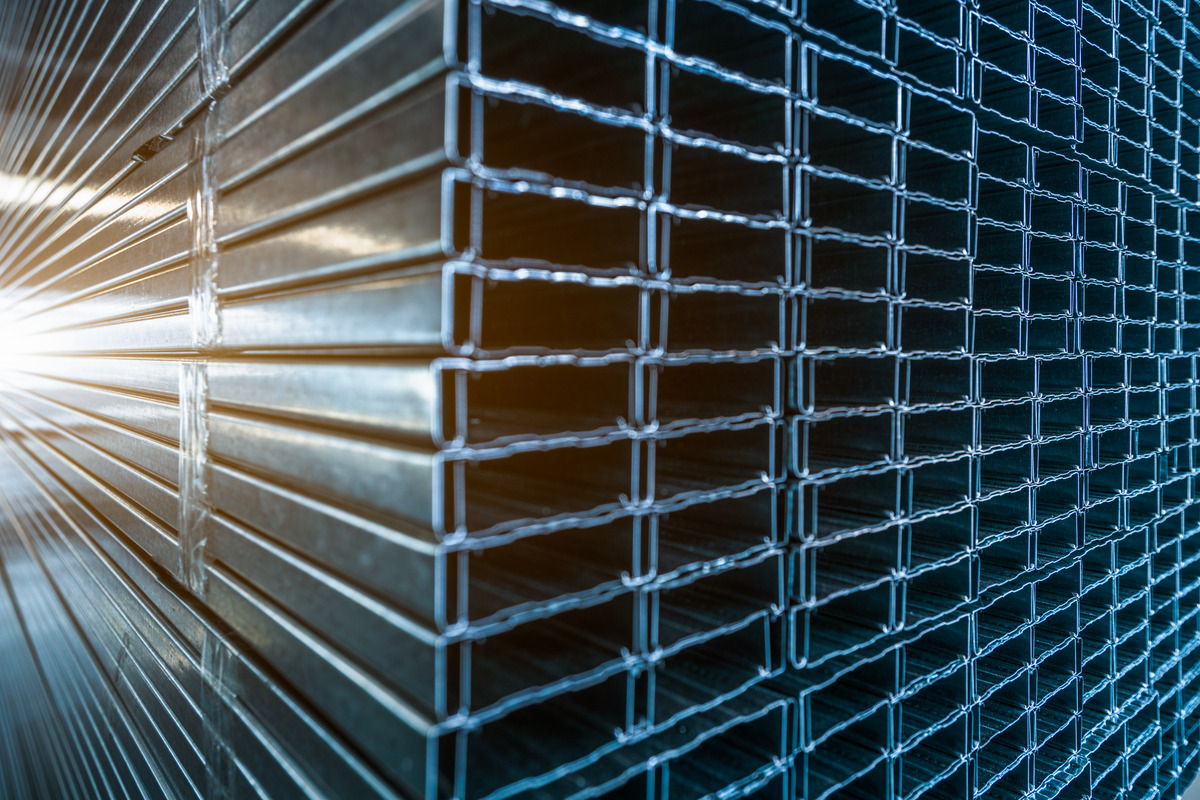Modern transportation extensively uses tubular steel. These materials provide remarkable strength and adaptability. They exhibit a high strength-to-weight ratio. This ratio enhances both performance and safety. Tubular steels are ideal for structural supports and vehicle frames. Various grades and forms of tubular steel exist. Each type is suited to specific applications. They also meet different design specifications. Their versatility leads to widespread use in infrastructure and vehicles. Tubular steels can effectively meet various requirements.
Types of Tubular Steels Used in Transportation
Seamless Tubes
Seamless tubes are made from solid billets. They are known for their high strength and uniformity. These tubes find use in critical applications. Structural integrity is paramount in these situations. Examples of such applications include aircraft landing gear and high-pressure fuel lines. The absence of welds in these tubes minimizes the risk of weaknesses. The result is a product that is reliable and durable.
Welded Tubes
Welded tubes are produced by joining flat steel strips and are generally used in less demanding roles. Common applications include vehicle frames and structural supports in buses and trucks. These tubes offer a cost-effective solution while still providing necessary strength.
Cold-Drawn Tubing
Cold-drawn tubes are valued for their tight tolerances and smooth finishes. They are used in precision parts like steering columns and suspension components, where exact dimensions and high-quality surfaces are required.
Stainless Tubular Steels
Stainless tubular steels are chosen for their corrosion resistance. This property makes them ideal for harsh environments. You can commonly find them in marine vehicles. They are also used in off-road vehicles. In these applications, exposure to moisture is a significant concern. Corrosive elements also pose a threat. Steel that cannot resist these elements may degrade rapidly. This could lead to failures in the structural integrity of vehicles. Proper material selection is crucial for performance and safety.
Advantages of Tubular Steels
Tubular steels offer several key benefits that make them a top choice in transportation. Their high strength-to-weight ratio means they can support heavy loads while remaining lightweight. This is particularly valuable in vehicle design, where reducing weight improves fuel efficiency and handling. Tubular steels are used in the frames of high-performance sports cars to enhance both safety and speed. Tubular steels are highly durable, with resistance to impact and stress. This durability is essential for components like truck chassis and railway tracks, which must endure significant forces and wear.
Design Flexibility
Tubular steels offer significant design flexibility. This is a major advantage in transportation engineering. Their ability to be fabricated into various shapes and sizes allows for innovative design solutions. Tubular steels are widely used in the custom frames of racing cars. Specific structural requirements and aerodynamic considerations are important. This adaptability extends to other transportation sectors as well like in public transit, tubular steel is used in the construction of lightweight, modular bus shelters. It is also employed in subway station supports. The design versatility of tubular steels supports a wide range of transportation applications. This makes them a valuable material for engineers and designers.
Manufacturing Processes
Several important steps are involved in the manufacturing of tubular steels. Each step has a significant impact on both the price and the performance of the material.
Seamless tubes
Seamless tubes are created by extruding solid billets through a die, which results in a strong, uniform product. This process is commonly used for high-strength applications like hydraulic cylinders in construction machinery.
Welded tubes
These, are made by rolling flat steel strips and welding the edges together. This method is typically employed for structural components like those found in truck chassis and structural supports in buildings. The welding process can be adjusted to meet specific strength and durability requirements.
Cold-drawn tubing
This type of tubing is produced by drawing heated tubes through a die. This achieves precise dimensions and smooth surfaces. The process is used for components that require tight tolerances. Examples include steering columns and precision shafts. Each manufacturing method offers distinct advantages. These advantages depend on the application and performance needs of the tubular steel.
Cost Efficiency and Lifecycle
Welded tubes are generally more affordable than seamless tubes. This is due to simpler manufacturing processes. Over the long term, tubular steels can be economical. Their durability and low maintenance requirements contribute to this. Stainless tubular steels are more expensive upfront. However, they provide excellent corrosion resistance. This reduces the need for frequent replacements or repairs. Such conditions are common in harsh environments. These include marine or industrial settings. Their durability and efficiency in construction lead to long-term savings. This makes them a valuable material in transportation and infrastructure projects.
Environmental Impact
Tubular steel production processes are relatively efficient. They often use recycled materials to help reduce the overall environmental footprint. Many steel mills utilize scrap steel as a primary raw material. This practice conserves natural resources. It lowers energy consumption as well. The lightweight nature of tubular steel components contributes to lower fuel consumption. This is especially true for vehicles and trains. These savings can lead to reduced greenhouse gas emissions over the lifecycle of the product. The efficiency of tubular steel is evident in high-speed trains and electric vehicles. In these applications, every kilogram saved improves performance. It can also lead to lower operational costs.
Key Takeaway
Tubular steels are fundamental to modern transportation due to their strength, versatility, and cost efficiency. Their various types, including seamless, welded, and cold-drawn tubes, cater to diverse needs from high-strength applications to precision components. The manufacturing processes for these steels influence their performance and cost, with advancements leading to more efficient and sustainable solutions. Innovations in materials and production methods, such as high-strength alloys and smart technologies, are shaping the future of tubular steels. Their ability to enhance design flexibility, durability, and environmental sustainability makes tubular steels a key material in advancing transportation technologies and infrastructure.

